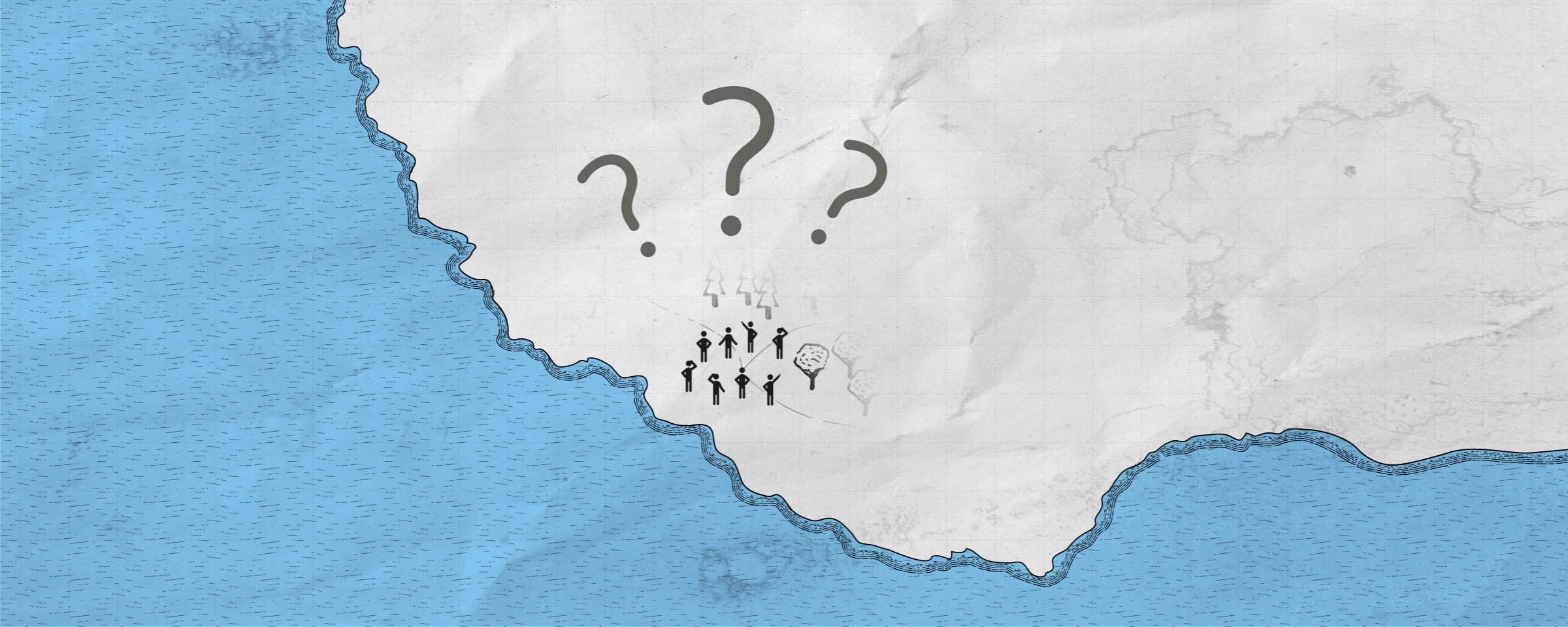
 Jan Barth
Jan Barth

01.03.2019
Now that you're sprinting, where are you sprinting at?
How did we lose sight of the big picture?
An important factor that hinders teams in asking this question is the overuse of user stories: Inside a backlog filled with lots of bite-sized and refined stories, it is easy to lose sight of the big picture. Not just for the developers, but also product owners and designers.
It’s hard to turn around
Of course, an advantage of the Agile process is that you can adjust your direction more quickly when you notice that you’re on the wrong path. Just write a new user story with different requirements and re-prioritize your backlog! While this sounds nice in theory, it often conflicts with our natural human behavior to protect our creations once we’ve invested time and resources to create them. We like to refer to this as “investment protection”.
„We’ve invested three sprints for this feature – we can’t just throw it away.”
A guiding vision
Working Agile doesn’t mean that you don’t need a clear vision of what you want to accomplish. An Agile process is most effective when everybody on the team can answer the following questions with confidence: what, how, for whom and most of all why? The combination of the answers to these questions gives you a clear understanding of the destination. Knowing where you’re going is extremely important when moving at high speeds.
Take your time to scout
If you look at an Agile Project as an expedition, you can compare the question for the where to with the scouting for possible paths. So before you send your big implementation team on the way to secure a path with heavy machinery, you dispatch a small transdisciplinary scout unit to figure out the right path. You’ll be able to conserve your energy reserves for the long journey ahead much better.
Within these scout units, designers can be great catalysts to figure out the needs of the user by visualizing possible solutions and quickly testing them with simple prototypes. When you enable the scouts to do that, you can send your implementation team on a path with a lot more confidence.
As an Agile expert, you might think: that’s exactly what a spike is for. And you might be right, but in our experience, these spikes are mostly used for technological research. This is because Agile methodologies are driven mainly by the IT department.
Long story short: We believe that every once in a while you need to take a breath and check if you are still heading towards the right direction. Especially from a user and business perspective.
Design your agile process before it designs you!
Agile Software Development is a great tool, but a clear picture of where you came from and where you’re heading is essential if you want to deliver a great product. Without it, you’ll probably end up spending more resources – or even worse, with a product that has been patched so many times that it doesn’t feel coherent anymore. Don’t forget that an Agile process is something that can be shaped and designed as well. It’s a template that wants to be adapted to the nature of your company, team and project.
Define a vision by sending out scouts. Figure out where to go. Reflect on where you are now and if you’re still heading in the right direction. Repeat this when reaching critical crossroads: This will guide you to a successful and cherished product. It might lead you to an unexpected destination; but you might also discover something more meaningful – just by taking your time to scout for the right path.
For a deeper dive into why it is so important to make sure your products deliver new values more than ever, check out the book „New Meaning – For a Realistic Idealism in a Programmable World“ by Markus Turber and Hauke Behrendt.